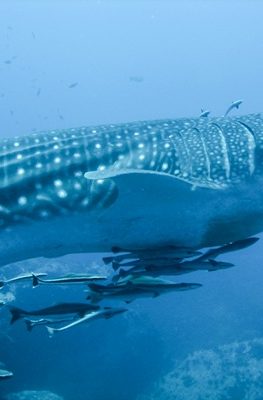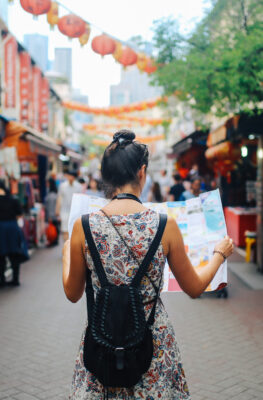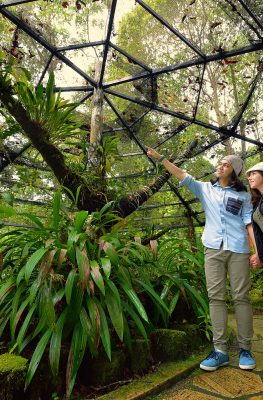Published on October 20, 2014
I once happened to live on a tiny island in the Caribbean, called Saba. It measured 8 square kilometers; had 1,200 inhabitants, three small hotels and one beach that disappeared for most of the year. It was steep and hilly and foremost covered by genuine primary rain forest. Remarkably, despite its size it was possible to hike through its jungle for over 6 hours without meeting another soul.
Years later I stumbled upon a Malaysian island of similar size that very much resembled my Caribbean hideaway. The ‘only’ difference was a twenty fold population and a handful of stunning, clean and almost deserted beaches (outside the main local holidays). Compared to the more developed and well-known nearby islands of Penang and Langkawi, it had an almost laid-back atmosphere, while one could make a similar spectacular jungle hike along barely marked paths. The name of the island: Palau Pangkor.
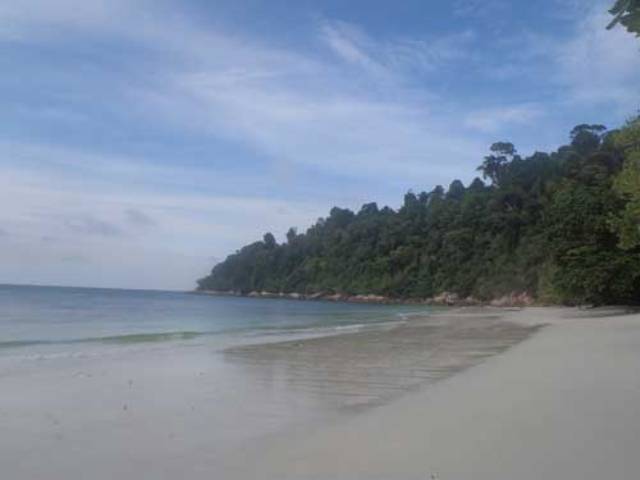
One of Palau Pangkor’s most secluded beaches, Teluk Segadas, where the jungle kisses the water Source: www.pulau-pangkor.com/Pangkor-beaches
It goes without saying that after the strenuous jungle trek the island offers the usual range of soft adventure watersports to cool off as well, including kayaking, diving, snorkeling and jet skiing. With Malaysia’s opportunities to engage in soft adventures being abundantly available – the country has rich opportunities for jungle trekking, mountain climbing, cycling, diving, snorkeling and basking on numerous beautiful island beaches – for the sake of the brevity of this article a selection is made from areas less widely visited.
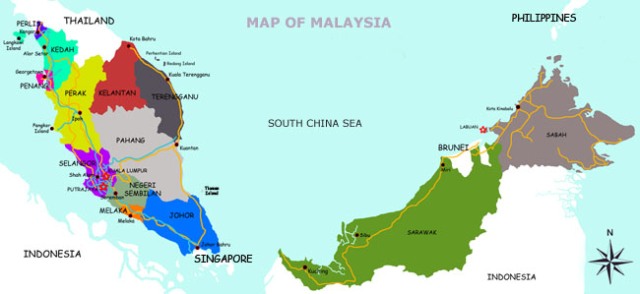
The Federal State of Malaysia. Source: http://1Malaysiahotelstravelguide.com
So we leave aside the Cameron Highlands in Pahang state, popular with Senior Japanese for Long Stay holidaying, and head for the State of Terengganu for a cycling tour from the state capital to Kuala Besut along a beautiful section of coast. From there it’s only a short hop by ferry to Palau Radang and Pulau Lang Tengah, two islands of nine that together form a Marine Conservation Area, with superb diving capacities. It is believed that the Lang Tengah offers some of the best snorkeling in the whole country.
With watersports, cycling and jungle trekking well covered, let’s gear it up a notch and go for some light mountain climbing, notably up Mount Kinabalu (East Malaysia), located on Borneo in the state that bears the same name as its aforementioned Caribbean counterpart, Sabah. It’s a mere 50km out of the state capital Kinabula and from the top the Philippines are visible. On a clear day that is, which mostly it’s not, with clouds blanketing the top. It can be quite wet and cold, but an easy climb, undertaken by thousands of tourists a year.
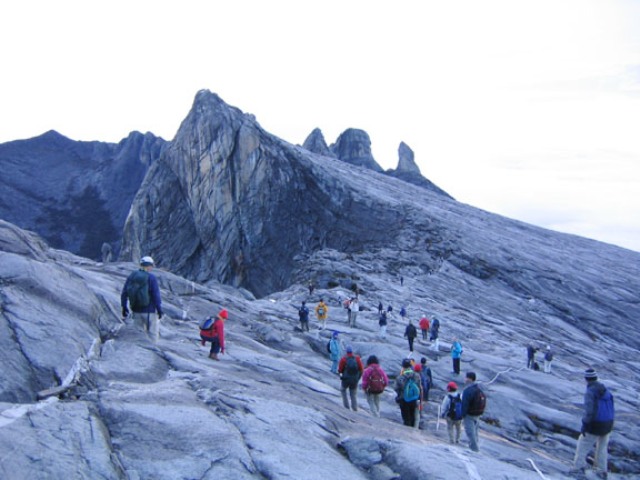
Climbing, hiking SEA highest mountain, Mt Kinabula (Sabah); Source: www.dynamicvacation.com
From there it’s not too far from Sarawak, where you can board a vessel for a boat trip that brings you up the mighty Batang Rejang to isolated longhouse communities. Both, the daily life on and along the river and in the longhouses of the Iban and other tribes give to glimpses of a unique world, albeit modernization taking place rapidly. Best time to visit is during the Gayal Dayak or Harvest Festival, late May and early June.
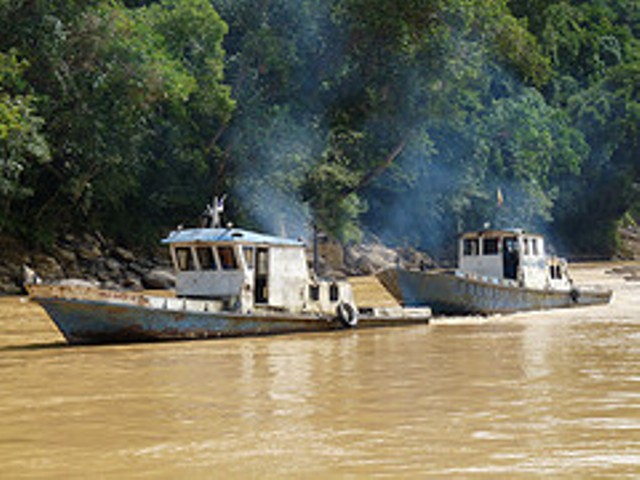
Adventurous boat trip up the Batang Rejang (Serawak); Source: www.genuardis.net
Both Borneo states, by the way, for the fit and adventourous present ample potential for treks of longer duration than the half day on Pulau Pangkor, respectively through the primary rainforest of the Danum Valley (Sabah) and Gunung Mulu National Park (Sarawak).
And there’s so much more in Malaysia when it comes to soft adventure, from bungee jumping in Kuala Lumpur to a boat tour to watch the spectacle of synchronized flashing fireflies in Selangor state, to strolling through the pineapple, rubber and palm oil plantations of Johor (a stone’s throw away of Singapore’s numerous exciting adventures).
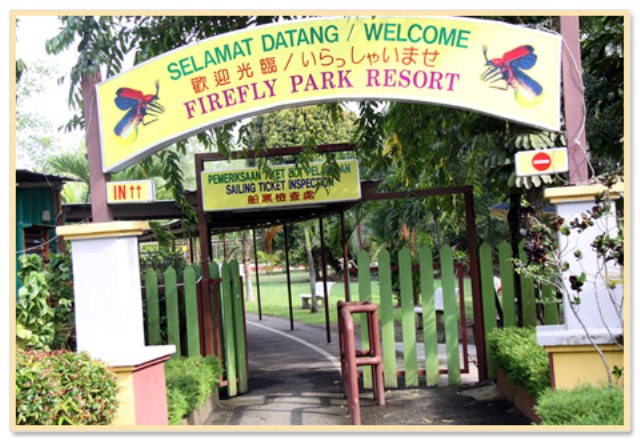
Entrance to the Synchronized Flashing Firefly Park (Selangor); Source: http://veelzijdigmalaysia.net
No wonder this country attract around 25 million tourists annually. And yet, as demonstrated briefly, there are still many places hardly touched by international tourists, where one can have the beach, the jungle and the road to venture around practically all by oneself.
Try it out yourself and confirm that Malaysia is truly part of inspiring South East Asia



